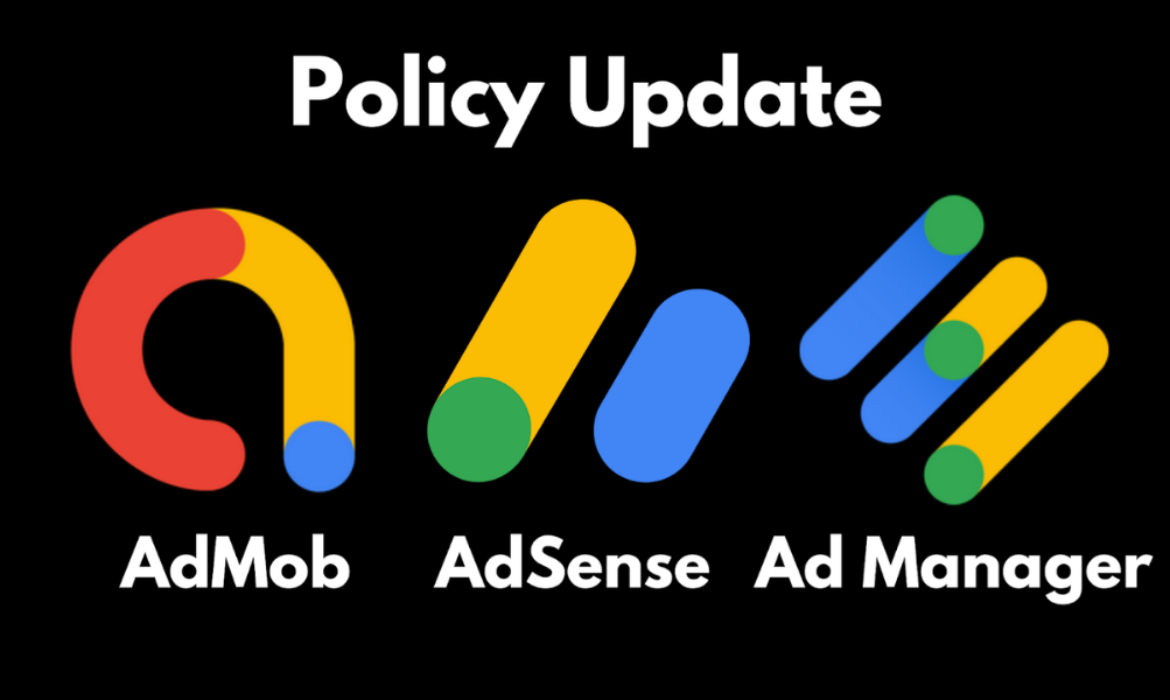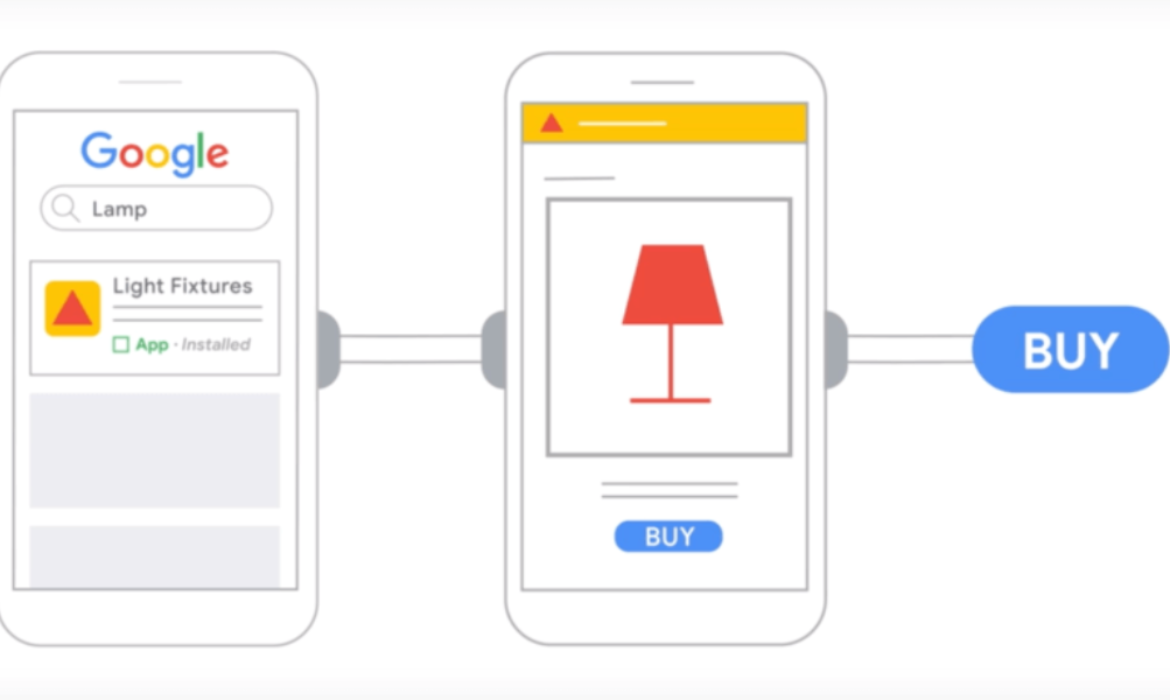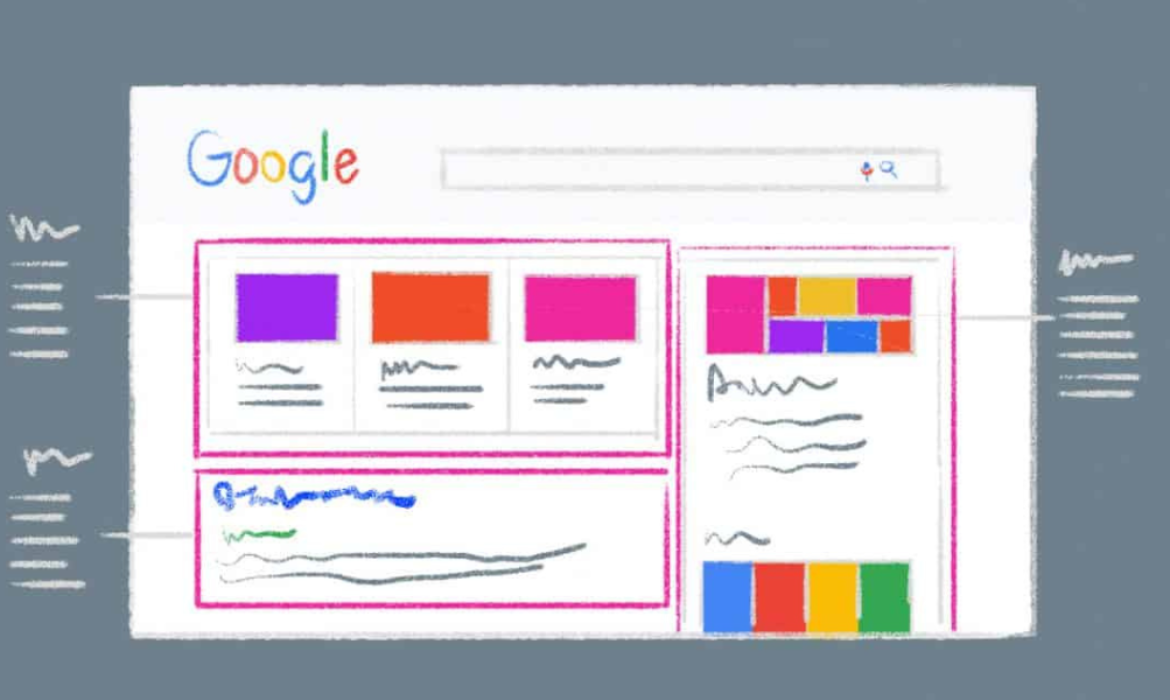Google Ends All Gossips: Revealed Fee Structure For Advertisement Tools
Since a long time now! People were keen to know the prices of advertisement with Google, especially after it declared its DSP, DV360. The speculations were high, as there are always some hidden charges, including taxes.

Image credit – marketingland
However, Google ended this ongoing gossip! By releasing a series of blogs and articles, it painted a clear picture by releasing its fee structure for its different portals.

Image credit – PeggyKSTipsandTricks
These portals included Display and video 360, Google ads, Ad Manager and its publisher tech. It is the first incidence where Google came out openly with its prices.
According to an aggregate data of 2019, if the advertiser spent $1 on the media with Google tech, the Publisher received a 69% share from that dollar. Whereas, the rest 31% is the profit gained by Google.
Reportedly, DV360( DSP) takes only 13% of $1 spent by an advertiser on media. On the other hand, Ad Manager charges an approximate of 18% of the dollar spent by the advertiser.

Image credit – Ezoic
However, with Google Ads, the campaigns include the display, it charges 14% of every dollar spent by an advertiser. The ad networks charge their advertisers on the bases of cost-per-outcome. However, they pay the publishers on a CPM basis. Therefore, the cost varies on average.
Google disclosed the direct and programmatic amount, which they charge from publishers.
In an analysis of top 100 news publishers, who are using Google, discovered that they directly or indirectly(through partners) sold three-quarter of their inventory to the company. In that setup, Google charges an approx 1% fee based on the ad requests volume.
For the advertisements, in the remaining quarter filled programmatically, Googles charge, for handling the impression was 16%. it also clarified, for any impression filled directly by publishers, Google only charges 5% of the total revenue.

Image credit – Cardinal Path
Although, there are a couple of warnings: While publishers use different DSPs to sell advertisement through multiple ad exchanges, they might be paying variable amounts for these advertisements. Through open biding, Google charges 5-10 per cent fee. However, advertisements sold by Ad Manager is charged with a 20% fee.
Also, it’s not yet clear how Ad-sense works in all this share proportion. According to previously shared data, Google takes with Ad Sense is around 68%. However, it wanted to clarify to the publishers that it doesn’t double charge them with its additional charges for Ad Manager.

Image credit – PPC Land
Why All of Sudden Google is so Transparent?
Well, Google wants to prove that it doesn’t fraud its users. Since a long time now, it has been suffering from allegations.
Also, there is suppose to be an antitrust case which is anticipated by the tech giant this year. During this time frame, several parts of its business will be under a minute check. The state attorney general and the Department of Justice is supposed to be meeting on Friday, to discuss the case. This information was provided by The Wall Street Journal. Hence, as Google is earning a large chunk of its revenue from Ads, it could be one of the things that the departments will investigate.
Last year, an antitrust paper released faulted tech giant on its in-efficiency of sharing end-to-end fees. In a statement, it stated, “No one (other than Google) has visibility into what happens between AdWords and AdX.”
Even the programmatic ecosystem was demanding a transparent approach from Google. Sellers and buyers started to realize that their contract with the company, doesn’t give a clear justification of fee, which Google charged them.

Image credit – Google Support
The transparency started flooding the market nearly three years ago. Some independent ad technology companies including Rubicon Project and AppNexus shared data on their take away share of the money. They did so to get rid of the pressure from the industry to reveal the hidden fees. After that, the Trade Desk decided to go public. Hence, they reveal their fees every year.
ISBA is frequently auditing the supply chains. All this, to uncover the hidden charges. Marketers and other tech buyers are demanding from Blockchain to provide them with log-level data. These are the clear indications that publishers and advertisers are looking for transparency. The tech giant is trying to address the issue by providing transparency to its advertisers.
Google’s Native Advertising Solution- Discovery Competes With Facebook

Discovery ads for the UGG brand cover Discovery feed, Gmail, and Youtube.
Image credit: Google
Key Insights:
- Google is positioning Discovery ads as a better way to reach online shoppers.
- 86% of online consumers are on a lookout for shopping ideas as they watch videos or content across the web.
- 90% of users discover new products and brands on YouTube Watch Next.
- Discover reaches hundreds of millions of consumers using the Google Search App.
- One campaign overs three giant Google products- Discovery Feed, Gmail, and Youtube.
Last May, Google announced at Google Marketing Live that ads are coming to discover. As a part of that, the Google Discovery ads were previewed for the Android and iOS feed, as well as Gmail and YouTube, and they are now finally rolled out to all advertisers globally last month.
With a single campaign, advertisers can reach 2.9 billion users across multiple Google surfaces- YouTube Home and Watch Next feeds, Discover feed on the Google Search app, and in Gmail Promotion and Social tabs. This approach to audience totals is similar to Facebook who started reporting usage across its ‘family of apps’ last year. Facebook reported 2.99 billion monthly active people (MAP) as of March 31. In simple words, Google is offering reach on par with Facebook.
All ads feature visual-rich product photography and are labelled.
- YouTube: Ads include an interactive carousel format and appear as users scroll through the Home and Up next feed while looking for new videos.
- Discover: Ads appear along with sports and personalized updates. The feed is available on Android, iOS app, and mobile web at google.com.
- Gmail: As per Google, ‘time offer’ appears as shoppers are checking the latest product deals in the Promotion tab of their inbox and are marked with a green badge that appears on the top of the feed like an email.
Unlike search ads, no need to type the query manually but Google is leveraging its understanding of what customers are interested in.
Thanks to Google’s unique understanding of customer intent, you’ll be able to show more relevant, meaningful ads to people when they’re most interested and ready to learn more about your products and services.
Why should Advertisers use Discovery
Google recommends for advertisers looking for:
- Drive conversions with their media
- Reach new customers with their media.
- Reconnect with their valuable customers.
Early Adopters of Discovery Ads
Early adopters like Deckers, iProspect, and M&M Direct have seen excellent results-driving customer action with Discovery ads alongside their existing media.
Lifestyle apparel brand Deckers worked with digital agency Jellyfish to promote the UGG brand’s 2019 holiday guide using Discovery ads. Deckers used repurposed high-quality images from its social campaigns and saw a revenue return of 10 times of its original ad spend. It plans to implement Discovery ads across the rest of its portfolio including HOKA and Teva.
Michelle Hernandez, senior manager of Omni-digital marketing at Deckers said,
“While Discovery ads don’t appear on social platforms per se, they offer rich, visually engaging experiences filled with meaningful content that excites and inspires consumers as they scroll through new content on YouTube, Discover and Gmail. This is where more and more consumers are engaged and spending time.”

Head of Acquisition, MandM Direct on Discovery Ads
Image Credit: Google
In early 2019, digital marketing agency iProspect tested Discovery ads with several large clients and reported a reduction up to 48% in cost per action compared to social ads.
iProspect senior director of paid search Christina Malcolm said, “We’re finding that Discovery ads are an interesting ad type that blurs the lines between traditional search, display, and social activations, but which can target different audiences and hit conversion performance goals.”
If you have failed to notice the Discovery ads in the feed yet, then that’s because Google is treading lightly. Currently, there is only one ad slot – in position three-on the Discover feed as Google is aiming high-quality bar and only showing the ads with best image assets that are relevant to users. However, the company also confirmed that more ads are likely to be rolled out.
How to get started with Discovery campaigns

Image Credit: Search Engine Land
Discovery ads are set up in Discovery campaigns with two ad formats: Discovery carousel ads with multiple images and Discovery ads with a single image.
Image Assets: Google scans your website for images that meet the size requirement, upload images, or select from the Shuttershock library. The key is to have high-quality images.
Headlines and Description: Discovery ads serve a combination of headlines and descriptions automatically. One can enter up to 5 headlines and 5 descriptions.
Geographical Targeting: Google shows a weekly impression estimate based on geographical targeting.
Call To Action Option: Google can automatically choose the call-to-action text in your ads or there are 10 other options such as ‘Apply Now’, ‘Shop Now’, and more available to choose from.
Finally, Discovery ad campaigns can be targeted by location, audience, or demographics. This is Google’s automated universal campaign and smart bidding is required. In its Discovery ads tips page, Google notes that advertisers should “Choose an average daily budget at least 10 times the value of your target cost-per-action (CPA) bid and wait for at least 40 conversions before making changes to your campaign.”
Read more: Every 2020 Google SERP Feature Explained: A Visual Guide
Every 2020 Google SERP Feature Explained: A Visual Guide
How many searches would happen to Google every minute, month, or year? Have you wondered? Finally, the company has released updated data.
Every second, Google processes 63,000 search queries.
Every year, Google has 2 trillion searches.
A caveat, Keep ‘at least’ in mind while reading the figures.
This shows we are so obligated to the power of Google search behemoth and its mystical computing. Google holds nearly 72% market share of search engines.
Why it matters
Companies spend time and effort to develop fantastic content, great titles, meta descriptions, and permalink to rank high on the search and drive conversions. However, a key strategy is often missed- to capitalize and enhance their entry on Google SERP (Search Engine Result Page).
Incorporate the rich snippets into your online stores, websites, blogs, and more
SERP is the way
Google Search engine pages are now accurate, personalized, relevant, dynamic, and helpful. Using structured data, there are many visual enhancements made to the search engine result page which helps you to find the required information. It is essential to know the enhancements as indexability and site optimization has an impact on organic rankings.
Take a look at the enhancements and characteristics of each one:
- Direct Answer Box with short, rapid answers, lists, tables, or carousels may have an image to enhance it.
- Rich Snippet is the additional line of context below traditional SERP and is provided by the websites with price, ratings, etc to enhance the search engine result page.
- Rich Cards for mobile users.
- Knowledge Graphs shows up on the right of a SERP displaying curated images and information about the search.
- Knowledge Panels shows up to on the right of a SERP displaying curated images, information, directions specific to a brand or business.
- Local Pack is an integral part of the local search results with business information, reviews, and location and plays a key role in customer’s decision making.
- People also ask provides related questions and answers to the original query.
- Image Pack is a horizontal carousel of queries related to images or photos.
- Site Links is an expanded pack of links within popular sites. It may also include a site search field that is particular to the internal search mechanism.
- Twitter displays a carousel of tweets with clickable images and links.
- Newsbox: is a carousel of trending, top stories, or breaking news related to the query.
Why Use Rich snippets
By structuring the data and following Schema standards, you can utilize rich snippets and improve your overall visibility on the search engine as it educates the algorithms on the information within the page.
If your company or marketing team is not taking advantage of rich snippets then time to change strategy and develop a new solution. Rich snippets help you enhance your search, increase click-through rates, and engagement. If your company or marketing team is not taking advantage of rich snippets then time to change strategy and develop a new solution. Rich snippets help you enhance your search, increase click-through rates, and engagement.
The Big Picture
This infographic from Brafton, A Visual Guide to Every Google SERP Feature: Snippets, Panels, Paid Ads and More, provides insight on how rich snippets and structured data look like on a search engine results page and why it appears.





